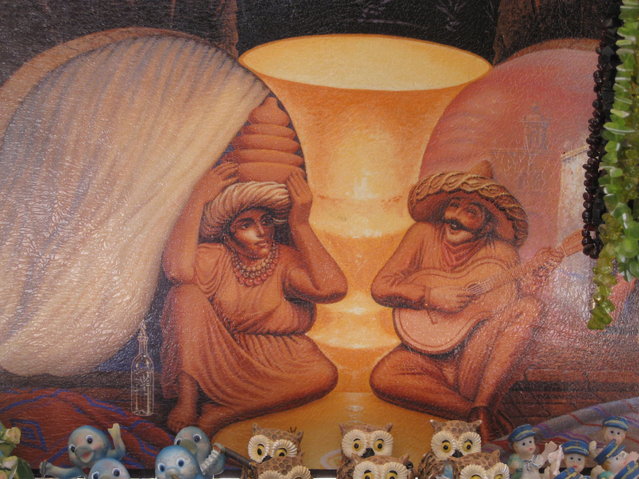02 Nov 2016 22:42:00,post received
0 comments
Details
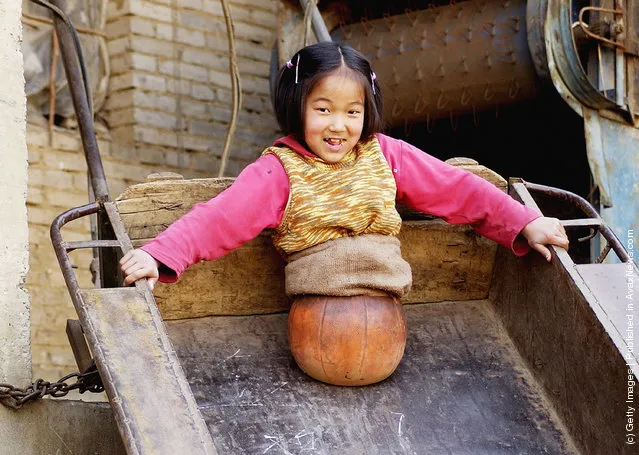
Eight-year-old handicapped Chinese girl Qian Hongyan crawls with two home-made props and part of a basketball at Zhuangxia Village on January 5, 2005 in Luliang County of Qujing City, Yunnan Province, China.
Please Subscribe To: Our Youtube Channel
22 Dec 2016 10:56:00,post received
0 comments
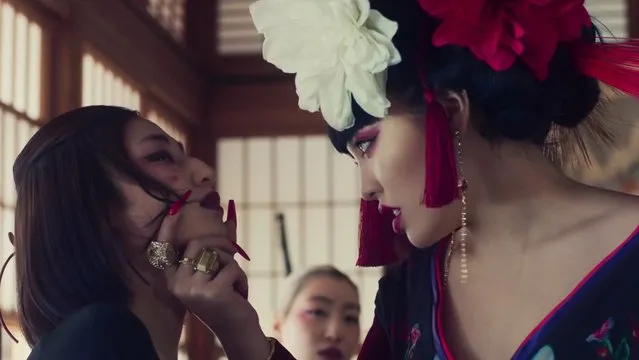
ちゃんみな (Chanmina) – 美人 (Beauty) (Official Music Video). Mina Otomonai, 23, known professionally as Chanmina, is a South Korean/Japanese rapper and pop musician. She debuted in 2016 independently, before releasing her major label debut album Miseinen in 2017.
10 Apr 2021 05:42:00,post received
0 comments

Sofi Tukker x Amadou & Mariam – Mon Cheri (Official Music Video). “Mon Cheri” continues Red Hot's 30-year mission of fighting HIV/AIDS and supporting humanitarian charities through music, pop culture and global anthems.
28 Aug 2021 07:47:00,post received
0 comments
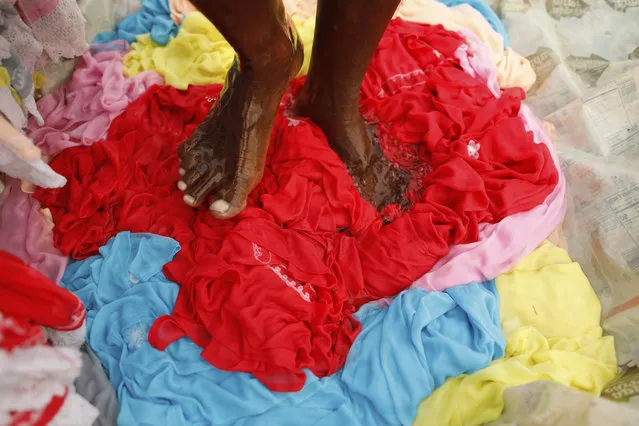
A dhobi, or a washerman washes cloths on the banks of the River Gomti in Lucknow, India, Saturday, September 12, 2020. Dhobis are traditional laundry workers who wash clothes by hand and dry them in the sun, an occupation which has been in existence for generations. Most cities in India have a Dhobi Ghat, or washermen's area, where the city's pile of clothes is laundered. This practice is still popular in India, despite of modern technology. Around 1,000 families work in Lucknow's Dhobi Ghat. However, in light of the novel coronavirus, their wages have decreased drastically. With each family earning around US$100-200 per month. (Photo by Rajesh Kumar Singh/AP Photo)
25 Sep 2020 00:03:00,post received
0 comments

Bill Wyatt, owner of the Y Que Trading Post in the Los Feliz neighborhood of Los Angeles, wears a Donald Trump face mask in his shop during the novel coronavirus COVID-19 pandemic on April 23, 2020. Wyatt has transformed his topical tee shirt business to a topical face mask business now called Y Que Mask and PPE Trading Post, since the start of the coronavirus crisis. According to Wyatt, the mask featuring Dr. Anthony Fauci is a best seller, as are masks with characters from the Netflix hit “Tiger King” and also popular internet memes. (Photo by Robyn Beck/AFP Photo)
01 May 2020 00:01:00,post received
0 comments
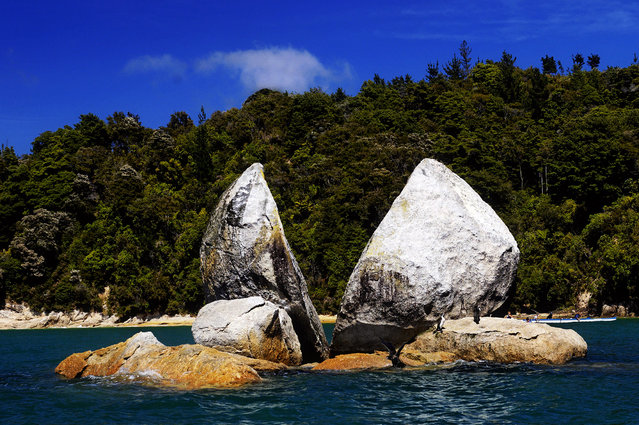
Split Apple Rock is a geological rock formation in The Tasman Bay off the northern coast of the South Island of New Zealand. Made of granite, it is in the shape of an apple which has been cut in half. It is a popular tourist attraction in the waters of the Tasman Sea approximately 50 metres off the coast between Kaiteriteri and Marahau. The rock sits in shallow water at low tide and is accessible by wading. It is also a point of interest for the many tourist boats and pleasure craft which operate along the shores of the Abel Tasman National Park. The cleft to produce two sides of the 'apple' was a natural occurrence. It is unknown when this happened and therefore the cleaving of the rock has attracted mythological explanations.
19 Oct 2013 10:58:00,post received
0 comments
Last searches:

